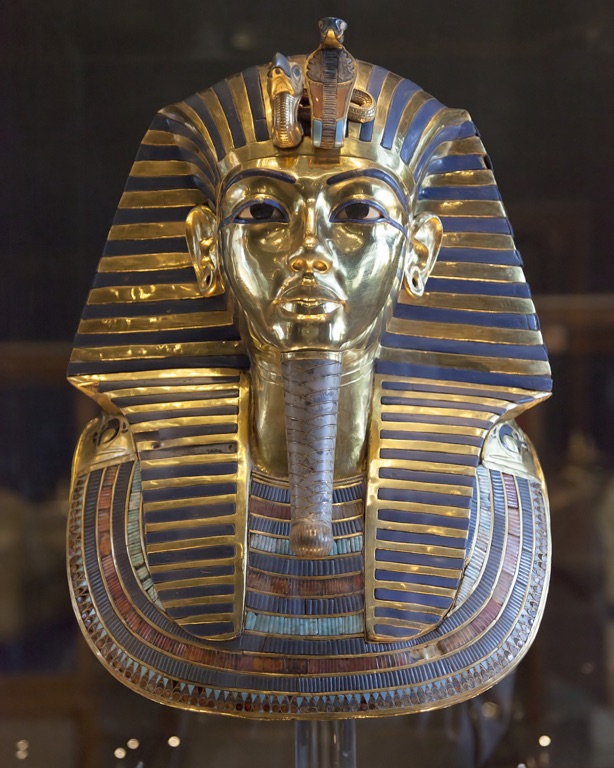Tutankhamun’s tomb, also known as KV62, is one of the most significant archaeological discoveries of the 20th century. Located in the Valley of the Kings in Egypt, the tomb was discovered by British archaeologist Howard Carter in 1922. The tomb was filled with a wealth of artifacts and treasures that provided invaluable insight into the life, culture, and death rituals of the ancient Egyptians. The most significant find was the mummy of the young Pharaoh Tutankhamun, adorned with a golden death mask, now one of the most famous artifacts in the world.
The Ancient Egyptians
Ancient Egyptian Historical Sites and Ruins
Egyptian Mythology
Ancient Egyptian Artifacts
| Ankh Cross |
| Dream Stele |
Historical Figures
| Ramses II |
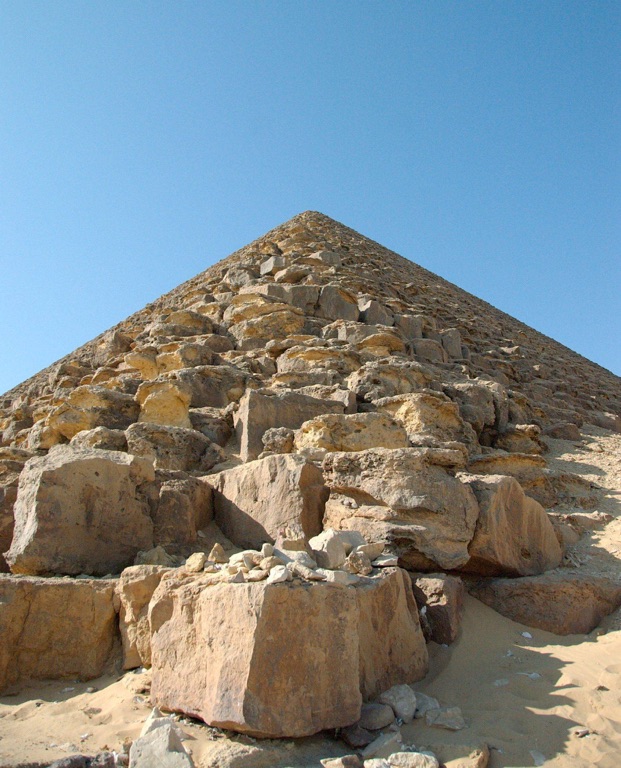
Red Pyramid, Dahshur
The Red Pyramid, also known as the North Pyramid, is the largest of the pyramids located at the Dahshur necropolis in Cairo, Egypt. Named for the rusty reddish hue of its red limestone stones, it is also the third largest Egyptian pyramid, after those of Khufu and Khafre at Giza. The Red Pyramid was the third pyramid built by Old Kingdom Pharaoh Sneferu, and is believed to be Egypt’s first successful attempt at constructing a true smooth-sided pyramid.
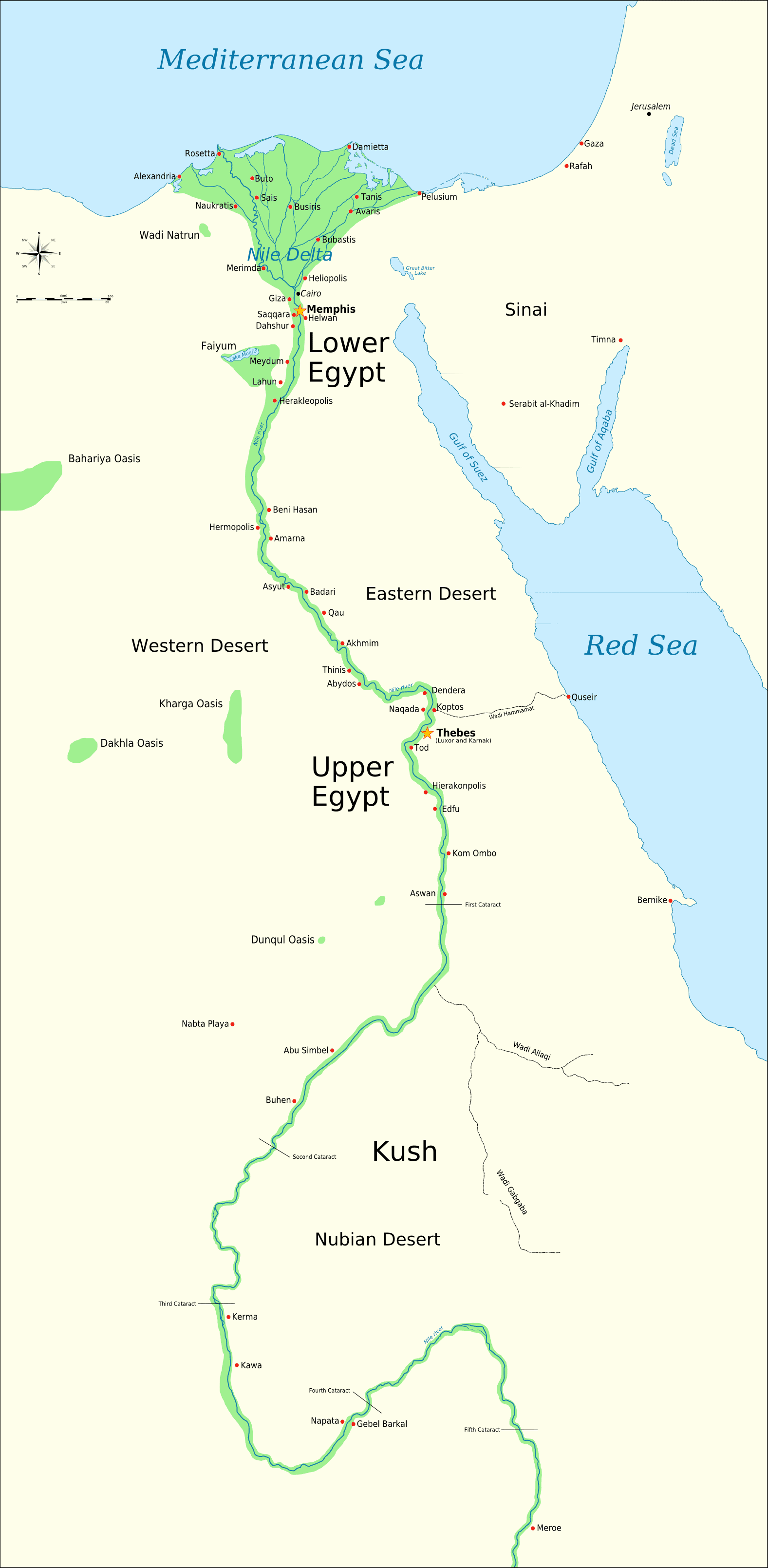
Interesting facts about the Ancient Egyptians
The Ancient Egyptians, one of the most remarkable civilizations in history, were known for their impressive achievements in various fields such as architecture, mathematics, medicine, and art. This civilization, which thrived in the northeastern part of Africa from 3100 BC to 332 BC, was characterized by its complex religious beliefs, social hierarchy, and a writing system that included hieroglyphs. Their lasting legacy is evident in the colossal pyramids, the Sphinx, and the rich artifacts found in the tombs of their pharaohs.
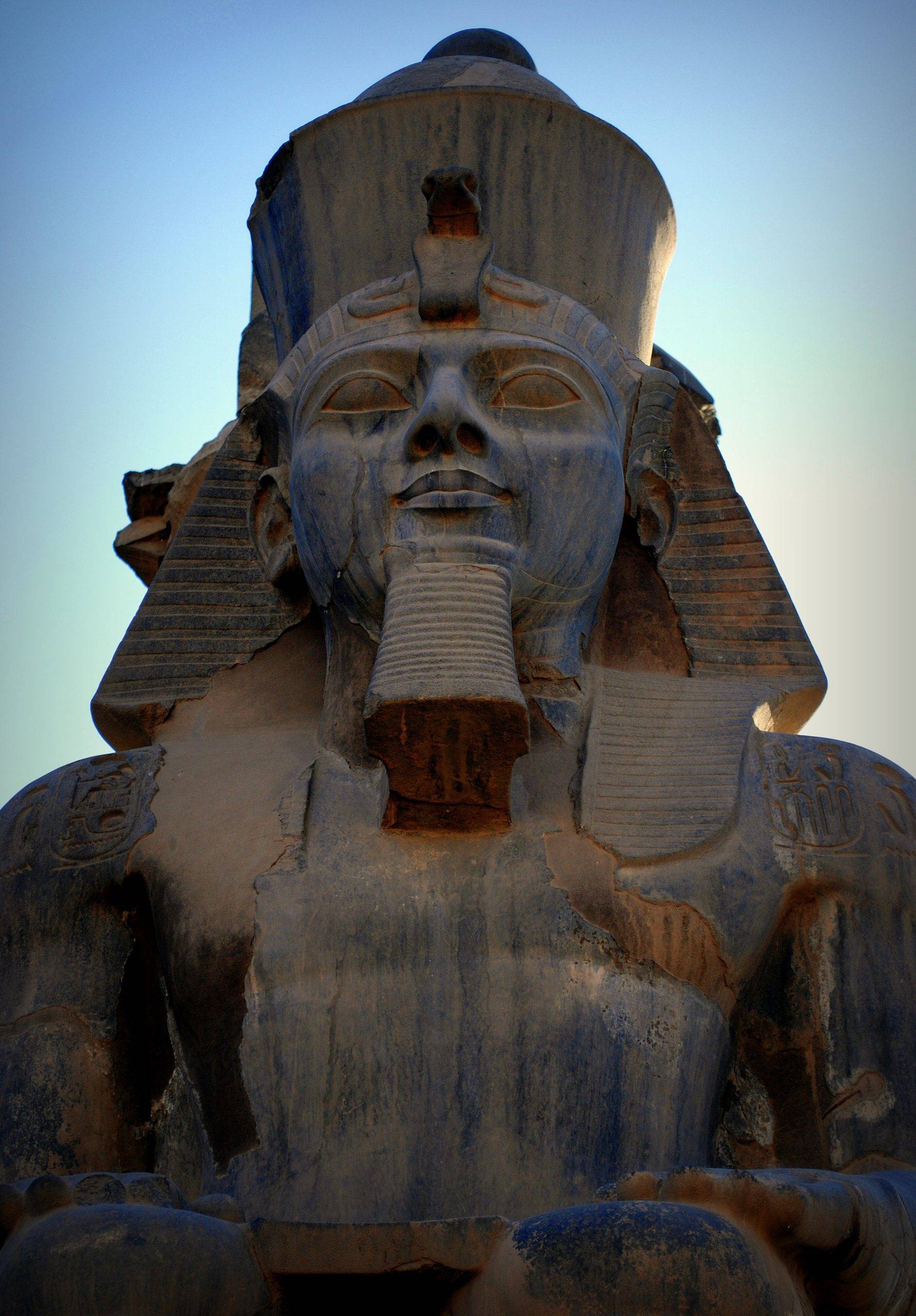
Interesting facts about Ancient Egyptian Pharaohs
The Pharaohs of Ancient Egypt, known for their divine status and immense power, ruled over one of the most fascinating civilizations in history. From the establishment of the first dynastic rule around 3100 BC to the end of the Ptolemaic Dynasty in 30 BC, these rulers left an indelible mark on history. The Pharaohs, both male and female, constructed monumental structures, led military expeditions, and shaped the culture and religion of their time. Their reigns varied in length, with some ruling for decades while others for just a few years.
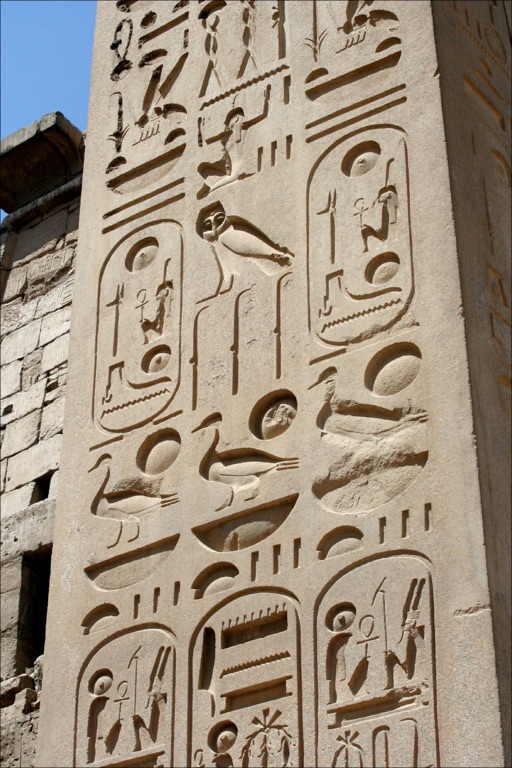
The Ancient Egyptian Culture
The Ancient Egyptian culture, one of the most fascinating and complex civilizations in history, thrived for over three millennia, from around 3100 BC to 332 BC. Known for their architectural marvels like the pyramids and the Sphinx, the Egyptians also made significant contributions to various fields such as art, language, and science. Their religion, a complex polytheistic system, deeply influenced their society, politics, and personal lives. The harsh desert environment shaped their lifestyle and belief systems, while trade opened them to foreign influences and wealth. Their unique practices, like mummification, offer intriguing insights into their views on death and the afterlife.

Maps of Ancient Civilizations and Empires
Ancient civilization maps provide us with a fascinating glimpse into the past, revealing how our ancestors perceived their world and its geography. These historical treasures serve as an invaluable tool for understanding various aspects of ancient cultures, including trade routes, political boundaries, agricultural practices and even religious beliefs.

